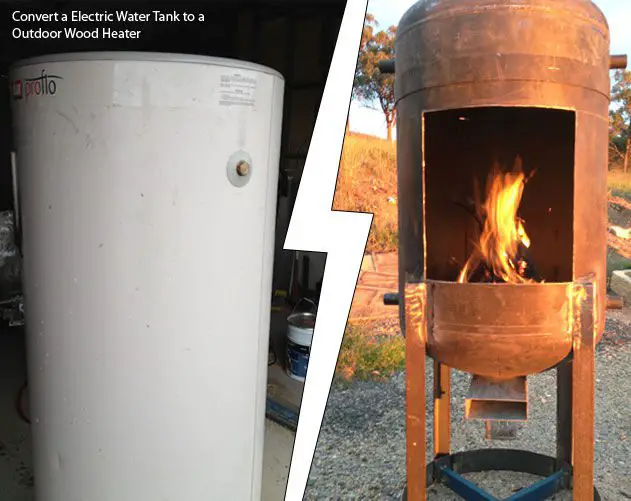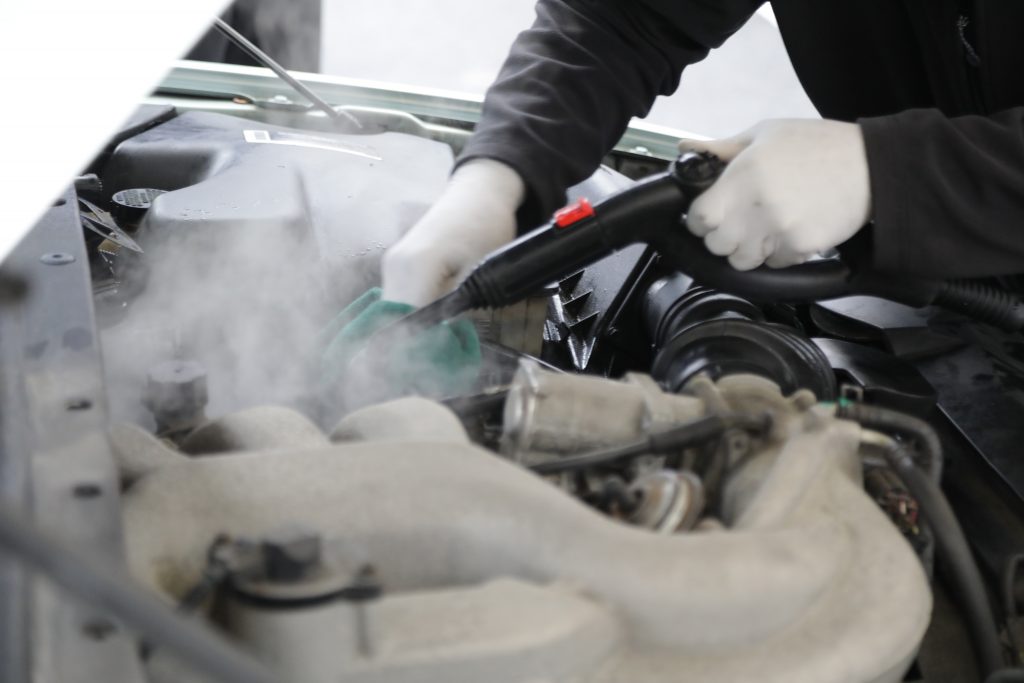How Can I Remove Fluid From My Lungs At Home?
Table of Content
People may be able to use specific techniques to help clear the lungs of mucus and irritants to relieve chest congestion and other uncomfortable symptoms. Fluid will only drain if there is a hole or tear in the lung that allows air to escape and the fluid to flow out. If the fluid is not drained, it will continue to accumulate and can cause serious health problems. There is no one definitive answer to this question since everyone experiences pain differently. However, generally speaking, draining fluid from the lungs is not considered to be a particularly painful procedure. The lungs clear fluid through a process called expectoration.
Sometimes bloated and fluid retentive areas can be sensitive to the touch, whereas other times they are numb. What if the fluid isn’t being retained in your extremities, though? It turns out that retaining water is a very nonspecific symptom, outside of not moving around enough. As the lungs are self-cleaning organs, this means they can begin to heal themselves once exposure to pollutants stops.
Causes of Fluid in the Lungs
Drainage systems using tunneled catheters allow patients to drain their effusions as needed at home. For patients with lung entrapment from malignant effusions indwelling tunneled catheter drainage systems are the preferred treatment and provide good palliation of symptoms. This article is merely informative, at FastlyHeal .com we do not have the power to prescribe medical treatments or make any type of diagnosis.
After spending several years training dogs and people in a variety of environments, I formally earned my master dog training certificate. Write down if you have had similar symptoms in the past, even if you didn't see a health care provider. You may see several specialists while you're in the hospital.
Home Remedies for Fluid in Ear
Magnesium is an essential mineral that most people pick up via eating leafy greens. It turns out that magnesium is also useful in reducing water retention, but the reason it works again relates back to good old potassium. Magnesium in the body operates to prevent the release of potassium in certain necessary circumstances and also operates in conjunction with calcium. There’s some evidence that suggests fennel seeds have a broadly beneficial effect on the cardiovascular system, which would explain why it’s used to reduce water retention.

Heart is not able to pump blood with optimal efficiency; it can back up into the veins that carry blood into the lungs. As pressure in the blood vessels increases, fluids are pushed into the air sacs of the lungs of the individual. At Yale Medicine, patients receive care from a team of physicians who specialize in dealing with pleural effusions. The clinical care team includes a physician assistant and an advanced practice registered nurse who are trained in this subspecialty. What makes Yale especially unique, Dr. Puchalski adds, is our ability to perform bilateral thoracenteses.
Eat Yogurt
All the salt we consume should be at least pure sea salt or Himalayan salt, and in the presence of pulmonary edema, this should be limited to the minimum possible. Fruits and vegetables in general contain both sufficient amounts of potassium and sodium to maintain this homeostasis without problems. However, today the high consumption of salt or processed foods means that this mineral is not consumed or used by the body properly. Therefore, try toreduce processed foods and turn to nature and organic food, the natural balance in its frequently consumed components will facilitate inner harmony and recovery. The initial intervention for fluid in the lungs is the administration of oxygen, either via a mask covering the nose and mouth or cannula . In some extreme cases, it needs to use a ventilator to supplement the breathing process.
This can take place in a matter of minutes or hours depending upon the physical condition of the victim. It is important to note that when air sacs become full of water, oxygen cannot enter lungs and the blood stream, thereby making breathing difficult for the individual. He will start to suffer from breathlessness and shortness of breath.
People with kidney or heart failure will have excess water in the body, which raises blood pressure and often leads to a condition called pulmonary edema. Your doctor may prescribe diuretic drugs to help remove the excess water and lower your blood pressure. They may also prescribe heart-strengthening drugs to facilitate the water removal process.
Focusing more on your breathing also plays a key role in getting rid of fluids from lungs. Proper short breathing helps in keeping your lungs supplied with oxygen and keeps the fluid away. Make sure that you are inhaling with the help of your mouth and then exhaling with the nose in quick succession. Some mucus is natural and even beneficial – it helps your lungs move and reduces friction. Even when there is an additional buildup of mucus, you don’t necessarily need to panic. If you have an infection , your body excretes additional mucus to help remove the intruder from your body.
Place the straw over the opening of the container, and then suck on the straw to remove the fluid from your lungs. It’s believed that the sweetness of honey triggers your salivary glands to produce more saliva. Honey may also reduce inflammation in the bronchial tubes and help break up mucus that is making it hard for you to breathe. To use this technique, simply light two matchsticks and put them in a bowl, filled with water. Then consume two tablespoons of this mixture regularly for at least thrice every day.

Fluid in the lungs that occurs as a result of heart defects is known as cardiac pulmonary edema or congestive heart failure. The left ventricle of the heart receives oxygenated blood from the lungs, which it then pumps out to the rest of the body. Eventually the blood is forced through the capillary walls into the alveoli.
However, Yale researchers conducted thorough research and found that this precaution did not affect the final outcome of the procedure. “We don’t make patients wait to undergo the procedure,” he says. People who have damaged lungs may have a harder time than others clearing mucus from their system. Chronic conditions, such as COPD, asthma, and cystic fibrosis, cause excess mucus production or unusually thick mucus that can clog the lungs. Some of these methods may also open up the airways, improve lung capacity, and reduce inflammation, which can further help reduce the effects of lung pollutants.
But by understanding more about these types of problems, you’re already in a much better position to ensure your loved ones can get the care they need. If you believe that your loved one may be experiencing a new issue with fluid in the lungs, it’s a good idea to visit the doctor. Diagnosis of pulmonary edema is done based on symptoms shown by the patient of this medical condition. Doctor asks about the medical history of the patient to know whether he has suffered from any lung disease or cardiovascular disease in the past or not.
This test may be done if other tests don't show the cause of pulmonary edema, or when there's also chest pain. It helps health care providers see blockages in the heart arteries. A long, flexible tube is inserted in a blood vessel, usually in the groin or wrist. Dye flows through the catheter to arteries in the heart. The dye helps the arteries show up more clearly on X-ray images and video.

On the other hand, sodium is an element that stimulates the body to retain fluids. For this reason, consuming sodium in high amounts is counterproductive, so you should pay special attention to the amount of salt and sodium products you are consuming. However, some natural remedies and preventive remedies are useful tools to help alleviate and alleviate the problem. A tube is inserted into a specific lung region and water is flushed in. Lung water removal in this procedure is simply reversing the flush and suctioning it back out along with the mucus.
Comments
Post a Comment